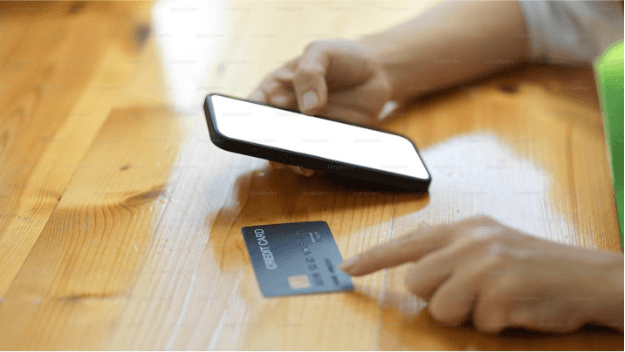Digital banking is a broad term that covers any type of financial transaction that takes place online. Essentially, it involves the digitalization of all processes carried out by financial institutions and their customers.
From the days when all payments, transfers and withdrawals had to be carried out face-to-face in a physical environment, this part of the sector has increased considerably in recent years. In Canada alone, the digital banking market was revealed to be worth $1.75bn in 2024, and over the next five years, it is expected to build significantly.
Everyday Actions
While some members of the Baby Boomer generation may still be reluctant to switch on to digital technology, younger consumers are having no issues with online platforms. They are used virtually every day, and in a banking context we regularly log on to check balances, pay bills and carry out other maintenance. Online transactions are also used to pay for a host of digital products and services. Online retailers accept many different forms of payment, while the practices are essential to the mechanics of certain operators.
Online casinos rely completely on digital transactions, both deposits and withdrawals, Customers demand immediate results, and instant withdrawal casinos can only function with a digital system behind them. In short, they are an essential part of the finance industry, but why are the numbers expected to rise so significantly?
Additional Platforms
The ability to pay for goods online has paved the way for a whole new set of providers. Digital wallets such as PayPal began to emerge in the 1990s, and their numbers have increased exponentially since the early days of the internet.
Each of these platforms has an added benefit when consumers carry out financial transactions online. Details of their accounts are not shared with the merchant, so there is that extra layer of security in place when it comes to paying for products and services.
Partly because of this security, digital wallets have continued to rise in popularity, and there is room for more providers to come on board. Paying in this way is also simple and more flexible than some traditional banking methods. All of these reasons mean that digital providers will continue to help boost revenue as the sector makes its way to that $5bn target by 2035.
The Mobile Revolution
Digital wallets provide flexibility and this has been a key driver in this part of the banking sector. Customers demand convenience and that element is largely covered by the development of smartphone technology.
Banking via an app is the preferred method of many customers today. Accounts can be accessed in a matter of seconds, and transactions can be carried out and balances checked more quickly and smoothly than ever before.
Increased use of apps moving forward is expected to provide another boost to the digital banking sector. Over the next ten years, younger consumers with a strong understanding of technology will start out on their banking journey. They are far more likely to use financial apps than many from older generations.
In time, the demographic will shift, and this factor will also contribute to the digital banking industry targets for 2035 and beyond. While it’s a sad thought, the natural ageing process will play a part here.
Power of Innovation
Digital banking providers continue to innovate in order to drive the industry forward. A few years ago, we wouldn’t have imagined that we would be able to pay for goods at the point of sale, by using a smartphone or a smart watch.
That’s an impact introduced by Apple Pay, and it’s another factor in the record revenue currently being produced by the digital banking sector.
So what’s next? Watch payments are an indication of where this industry may go. Wearable tech is emerging from the development stages, and while it offers many different functions, it would be no surprise if the potential to make payments is included along the way.
The digital sector will also look at some of the key new technologies in all industries today. Artificial intelligence is now widespread when it comes to customer service options, and those financial institutions will look to see other areas where its power can be harnessed.
Augmented reality may also step in, as banks look to recreate the feel of a real branch on your mobile device.
There are many ways in which the industry can innovate, and the subjects are up for discussion. What is certain is that digital banking will continue to look to new technology as the sector moves forward.
While there are many factors behind the likely rise of digital banking over the next ten years, the projections send out a clear message to businesses. Either they embrace the technology, or they will get left behind as their competitors gain a bigger market share.







